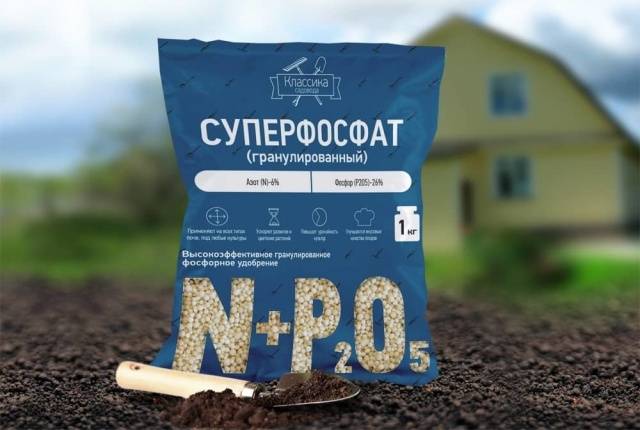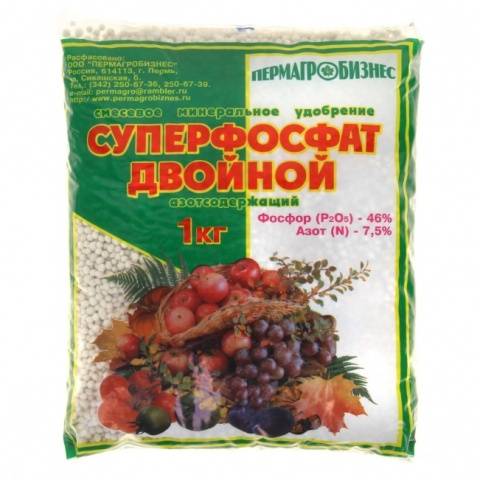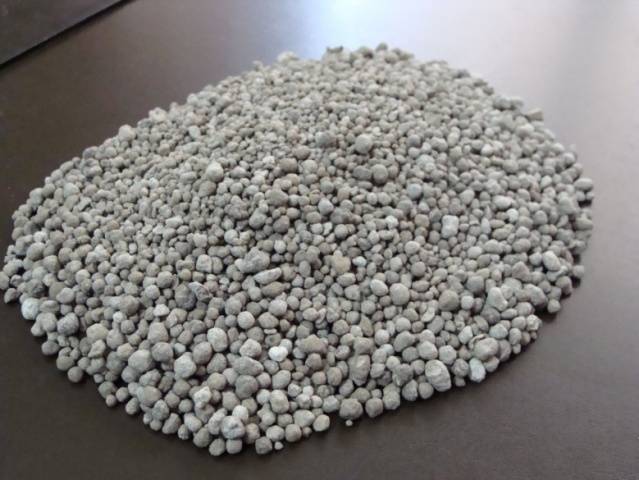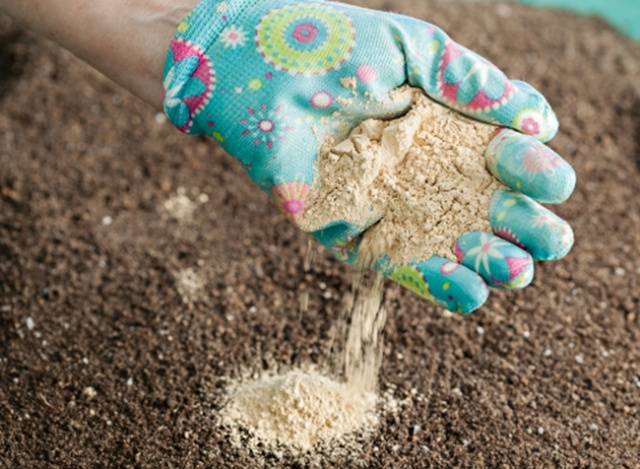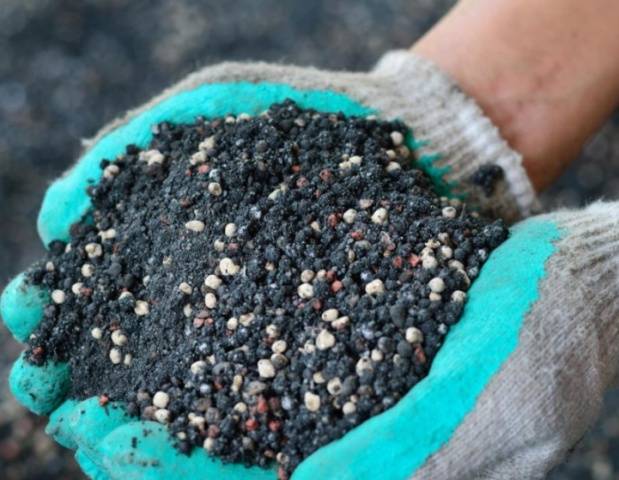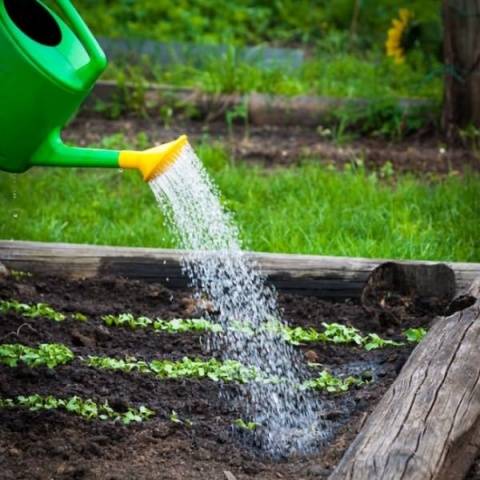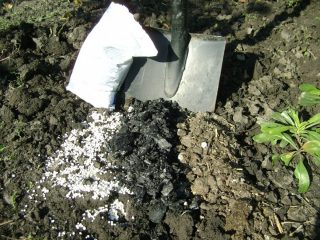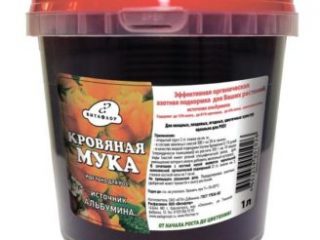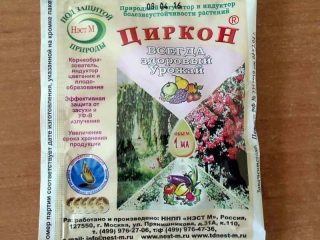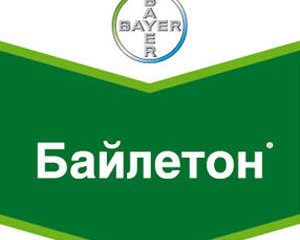Content
Growing plants for our own needs, we deprive the earth of necessary microelements, since nature provides for a cycle: the elements removed from the soil return to the ground again after the death of the plant. Removing dead tops in the fall in order to protect the garden from pests and diseases, we deprive the soil of the elements it needs. Double superphosphate is one of the means for restoring soil fertility.
"Natural" organic fertilizers alone are not enough to get a good harvest. "Clean" manure is useless without a sufficient amount of urine containing nitrogen. But the manure must be "sustained" for at least a year in order for it to peat. And do not forget to correctly arrange the collar. In the process of overheating, the urine in the pile decomposes, "producing" ammonia containing nitrogen. Ammonia evaporates and humus loses nitrogen. Nitrogen-phosphorus fertilizing makes it possible to compensate for the nitrogen deficiency in humus. Therefore, fertilizing is mixed with manure during spring work and the mixture is already introduced into the soil.
What it is
Double superphosphate is a fertilizer containing almost 50% calcium dihydrogen phosphate monohydrate and 7.5 to 10 percent nitrogen. The chemical formula of the first ingredient is Ca (H2PO4) 2 • H2O. For use as plant nutrition, the initially obtained product is converted into a substance containing up to 47% of phosphorus anhydride assimilable by plants.
Two brands of nitrogen-phosphorus fertilizers are produced in Russia. Grade A is produced from Moroccan phosphorites or Khibiny apatite. The content of phosphoric anhydride in the finished product is 45-47%.
Grade B is obtained from Baltic phosphorites containing 28% phosphates. After enrichment, the finished product contains 42-44% phosphorus anhydride.
The amount of nitrogen depends on the fertilizer manufacturer. The differences between superphosphate and double superphosphate are the percentage of phosphorus anhydride and the presence of ballast, commonly referred to as gypsum. In simple superphosphate, the amount of the required substance is no more than 26%, so another difference is the amount of fertilizer required per unit area.
| Superphosphate, | Double superphosphate, g / m² |
Cultivated soils for any types of plants | 40-50 g / m² | 15-20 g / m² |
Uncultivated soils for any types of plants | 60-70 g / m2 | 25-30 g / m² |
Fruit trees in spring when planted | 400-600 g / sapling | 200-300 g / seedling |
Raspberry when planting | 80-100 g / bush | 40-50 g / bush |
Coniferous seedlings and shrubs during planting | 60-70 g / pit | 30-35 g / pit |
Growing trees | 40-60 g / m² of trunk circle | 10-15 g / m² of trunk circle |
Potatoes | 3-4 g / plant | 0.5-1 g / plant |
Vegetable seedlings and root vegetables | 20-30 g / m² | 10-20 g / m2 |
Plants in the greenhouse | 40-50 g / m² | 20-25 g / m² |
When using double superphosphate as plant nutrition during the growing season, 20-30 g of fertilizer is dissolved in 10 liters of water for irrigation.
What to choose
When deciding which is better: superphosphate or double superphosphate, one should focus on the quality of the soil in the garden, consumption rates and prices for fertilizers.In the composition of double superphosphate, there is no ballast, which occupies the main part in simple superphosphate. But if it is necessary to reduce the acidity of the soil, then lime will have to be added to the soil, which is replaced by gypsum superphosphate. When using simple superphosphate, the need for lime either disappears or decreases.
The price for "double" fertilization is higher, but the consumption is two times lower. As a result, this type of fertilization turns out to be more profitable if there are no additional conditions.
This fertilizer will help bind excess calcium in the soil. Simple superphosphate, on the contrary, adds calcium to the soil.
How to apply
Previously, double superphosphate was produced only in granular form, today you can already find a powder form. The use of double superphosphate in the garden as a fertilizer is most beneficial when planting crops. After the plant has taken root, it begins to gain green mass, for which phosphorus and nitrogen are vital to it. It is these substances that are contained in large quantities in a concentrated preparation. In the spring, fertilizer is applied either as a top dressing for a perennial plant, or when digging up the soil for new plantings.
Double superphosphate has good water solubility, like its "brother". Instructions for the use of fertilizer involves the introduction of double superphosphate into the soil in the form of granules during the autumn / spring digging of the garden. Terms of introduction - September or April. Fertilizer is evenly distributed over the entire depth of the dug soil.
When planting seeds directly into the soil, the drug is poured into the holes and mixed with the soil. Later, when using double superphosphate as a fertilizer for feeding already producing plants, the drug is diluted in water and used for watering: 500 g of granules per bucket of water.
Fertilizer is rarely added in its "pure" form. Most often, the use and use of double superphosphate occurs in a mixture with "natural" rotted manure:
- a bucket of humus is slightly moistened;
- add 100-150 g of fertilizer and mix well;
- defend 2 weeks;
- added to the soil.
Although in comparison with "natural organic matter" the amount of industrial fertilizer is small, due to the concentrated composition, superphosphate saturates the humus with the missing nitrogen and phosphorus.
If there is sediment, it is either a simple superphosphate or a fake.
Nuances of use
Different plants react differently to nitrogen-phosphorus fertilizers. Do not mix sunflower and corn seeds with both types of superphosphates. These plants, in direct contact with nitrogen-phosphorus fertilizers, are inhibited. For these plants, the fertilization rate should be reduced, and the preparation itself should be separated from the seeds by a layer of soil.
The seeds of other cereals and vegetables are easier to relate to the presence of nitrogen-phosphorus fertilizer next to them. They can be mixed with granules when sowing.
On some packages of double superphosphate, instructions for the use of the drug are printed. There you can also find out how to dose fertilizer with improvised means: 1 teaspoon = 10 g; 1 tbsp. spoon = 30 g. If a dose of less than 10 g is needed, then it will have to be measured "by eye". In this case, feeding is easy to overdose.
But the “universal” instruction always gives general information. When choosing the dose and method of fertilization for a particular plant, its needs must be taken into account. Radishes, beets and radishes are better off underdosing than overdosing.
But tomatoes and carrots without phosphorus will not pick up sugar. But there is another danger here: the frightening nitrates for everyone.An overdose of nitrogen-phosphorus fertilizers will lead to the accumulation of nitrates in vegetables.
The need for plants
The minimum requirement for phosphorus, as already mentioned, is in radishes, radishes and beets. Insensitive to the lack of phosphorus in the soil:
- pepper;
- eggplant;
- gooseberry;
- currant;
- parsley;
- bow.
Gooseberries and currants are perennial shrubs with relatively sour berries. They do not need to actively collect sugar, so there is no need to fertilize them every year.
Fruit trees and plants producing sweet fruits cannot do without phosphorus:
- carrot;
- cucumbers;
- tomatoes;
- cabbage;
- raspberries;
- beans;
- Apple tree;
- pumpkin;
- grapes;
- pear;
- strawberries;
- cherry.
It is recommended to apply concentrated fertilizer to the soil every 4 years, not more often.
Phosphorus deficiency
With symptoms of phosphorus deficiency: inhibition of growth, small leaves of a dark color or with a purple tint; small fruits - carry out urgent feeding with phosphorus. To speed up the production of phosphorus by the plant, it is best to spray on the leaf:
- pour a teaspoon of fertilizer with 10 liters of boiling water;
- insist 8 hours;
- filter the precipitate;
- pour the light fraction into a spray bottle and spray the leaves.
You can also scatter top dressing under the roots at the rate of 1 teaspoon per m². But this method is slower and less efficient.
Increase the efficiency of fertilizing
The phosphorus in the soil is converted depending on the type of soil. In the earth with an alkaline or neutral reaction, monocalcium phosphate passes into dicalcium and tricalcium phosphate. In acidic soil, iron and aluminum phosphates are formed, which plants cannot assimilate. For the successful application of fertilizers, the acidity of the soil is first reduced with lime or ash. Deacidification is carried out at least one month before applying nitrogen-phosphorus fertilizer.
Other varieties
This class of nitrogen-phosphorus fertilizer can be not only with phosphorus and nitrogen, but also with other microelements necessary for plant growth. The fertilizer can be added:
- manganese;
- boron;
- zinc;
- molybdenum.
These are the most common supplements. In the general composition of top dressing, these elements are in very small quantities. The maximum percentage of these micronutrients is 2%. But micronutrients are also essential for plant growth. Usually gardeners pay attention only to nitrogen, phosphorus and potassium fertilizers, forgetting about other elements of the periodic table. In the event of diseases with unclear signs, it is necessary to analyze the soil and add those trace elements that are not enough in the soil.
Testimonials
Conclusion
The double superphosphate added according to the instructions will be very useful for the garden soil. But you cannot overdo it with this top dressing. Large amounts of nitrates in fruits can lead to food poisoning.
